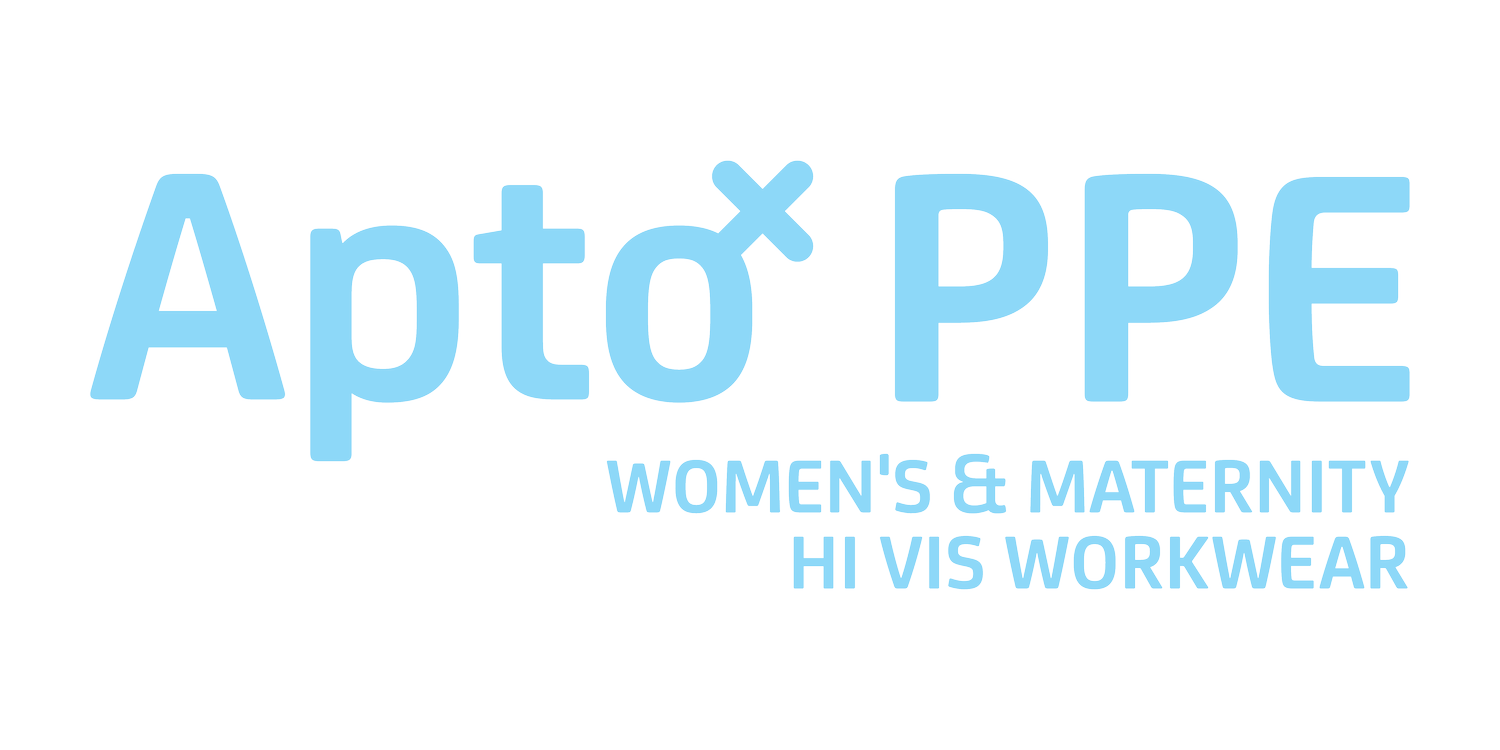Why wouldn’t women be provided with fit-for-purpose PPE?
As a career due diligence engineer, I was at a NSW mine for a consulting job and required gumboots before I could go underground. The smallest boots were way too large for my small foot size. Walking around the mine, a boot slipped off. With my concerned face, my male colleague reassured me: If anything happens and we need to exit quickly, don’t worry, I'll pick you up under my arm and run with you.
Lucky, I had a man for my rescue!
In 2011, I was National Deputy Chair of Women in Engineering with Engineers Australia, and, as a group, we decided to run a project on the lack of women’s fit-for-purpose PPE. Research confirmed the only options available in Australia were downsized men’s workwear or a unisex range. We decided to design a range that was fit-for-purpose and designed for women that would embrace all the different shapes and sizes we come in. After receiving great feedback at the 15th International Conference of Women Engineers and Scientists we then run a trial in partnership with John Holland to more positive feedback.
As a not-for-profit organisation, that was as far as we could push the idea of fit-for-purpose women’s PPE.
Committed to changing the safety landscape for women, three of us started Apto PPE with the goal to design and manufacturer proper fitting, female safety workwear that delivered ultimate comfort and, from my due diligence engineering perspective, ultimate safety.
With no other products in the marketplace at the time, we were confident we would make a huge impact for women working on sites around Australia.
How wrong could we be! More than 12 years later, we have certainly increased awareness and discussions, and seen other women’s PPE products enter the market. Yet, we are staggered how many women in male dominated industries are unaware that fit-for-purpose workwear exists, especially maternity.
Women wearing downsized men’s hi vis shirts and pants onsite is still the norm.
How can this still be the case?
From our experience, when we first meet an organisation we are contacted by, an enthusiastic woman determined to solve the problem of ill-fitting PPE in their workplace. They see and try on our range, and love the fit and quality.
They feel great in it – comfortable and confident. They’re excited to start the procurement process.
When the decision-making is progressed, it’s been the men in higher position who don’t see the value in supplying our range. That there’s not enough women to justify the spend. They see it as purely a transaction, a ROI on price. The result is that the initially determined woman slowly gives up her fight.
We have easier decision-making “transactions” regarding the maternity range – for obvious reasons.
We talk a lot about the need to increase female uptake in industries like Construction and Engineering, yet how are we demonstrating to young women that we care about retention if there’s no access to fundamental rights like female toilets and women’s safety gear?
Ultimately, though, this is about safety and with WHS/OHS legislation and Criminal Manslaughter embedded into Australian safety legislation, we challenge industry leaders to ask themselves and their Boards:
Why wouldn’t we have proper fitting, safe workwear for women onsite?
I know from a due diligence perspective, organisations must ensure they have achieved the highest level of protection as is reasonable for their people onsite. This means treat your women equally to your men. And now there are options out there, there’s no reasonably practicable excuses if anything should go wrong.
This article first appeared in NAWIC (National Association of Women in Construction) 2024 Journal, p21.
